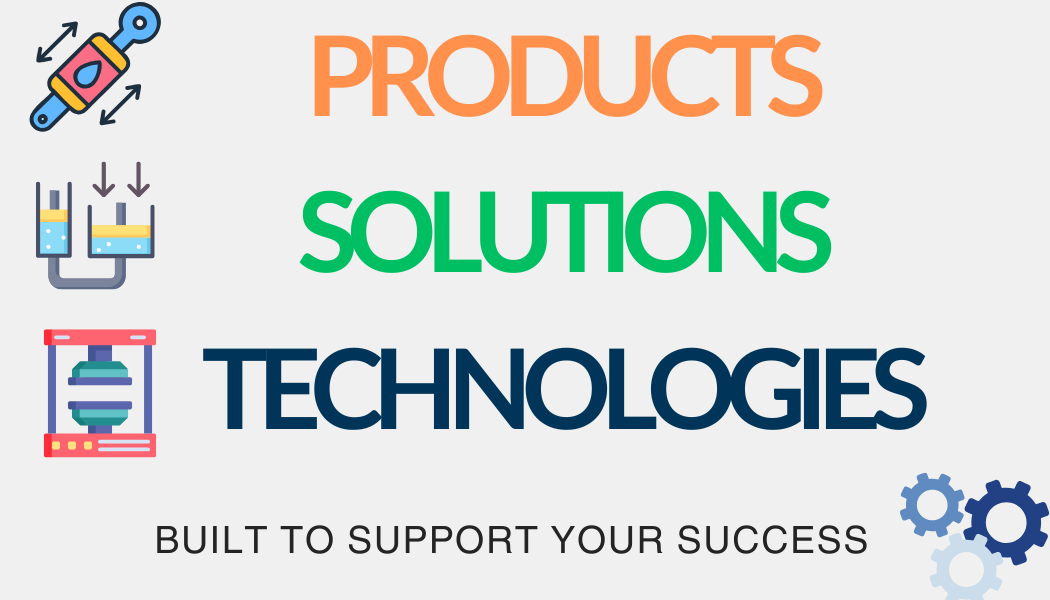Hydraulic Valves
Hydraulic Valves
Hydraulic valves are essential hydraulic components that control the flow, pressure, and direction of fluid within a hydraulic system. Acting like traffic signals for pressurized fluid, these valves manage how and where fluid moves—ensuring that actuators operate safely and efficiently. Without valves, the system would have no way of routing fluid, adjusting force, or controlling speed.
These versatile hydraulic components are used across all sectors: from manufacturing lines and mobile equipment to aerospace and marine applications.
Types of Hydraulic Valves
Hydraulic valves come in various types, each with specific roles. Understanding their differences is critical for selecting the right hydraulic components for your system design.
1. Directional Control Valves (DCVs)
-
Function: Control the path of fluid flow
-
Types:
-
2-way, 3-way, and 4-way valves
-
Manually operated, solenoid-operated, and pilot-operated
-
-
Applications: Cylinder extension/retraction, motor direction control
DCVs are some of the most widely used hydraulic components, directing the pressurized fluid to one or more outputs based on the valve’s position.
2. Pressure Control Valves
-
Function: Maintain safe and consistent system pressure
-
Common types:
-
Pressure Relief Valves – prevent overpressure damage
-
Pressure Reducing Valves – lower pressure for downstream circuits
-
Sequence Valves – control the sequence of operations
-
These valves protect sensitive hydraulic components from pressure spikes that could cause leaks, wear, or catastrophic failure.
3. Flow Control Valves
-
Function: Regulate the flow rate of hydraulic fluid
-
Variable or fixed orifice designs
-
Used to control actuator speed or synchronize multi-cylinder systems
Flow control valves help ensure that all hydraulic components operate at the correct speed, improving efficiency and precision.
Symbols and Circuit Diagrams
In hydraulic schematics, valves are represented by standardized ISO symbols. Understanding these symbols is crucial for reading system diagrams and troubleshooting. Many hydraulic components, including valves, are integrated with electronics, requiring knowledge of both mechanical and electrical symbols.
Actuation Methods
Hydraulic valves can be operated by various methods depending on system requirements:
-
Manual: Levers, push-buttons
-
Electrical: Solenoids for remote control
-
Hydraulic: Pilot pressure operation
-
Proportional/Servo: For precise, variable control via PLC or electronic input
Advanced systems use electro-hydraulic valves as smart hydraulic components to enable automation and real-time feedback.
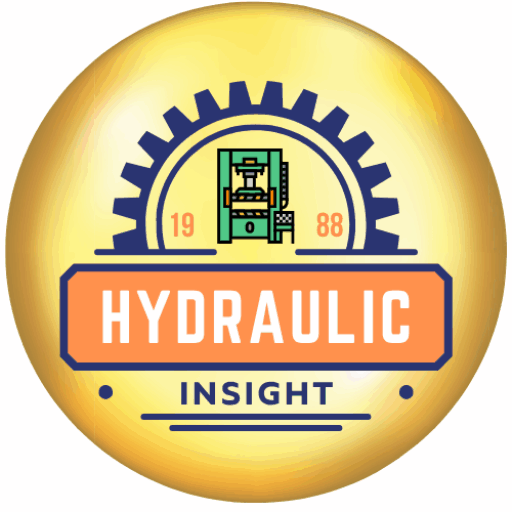
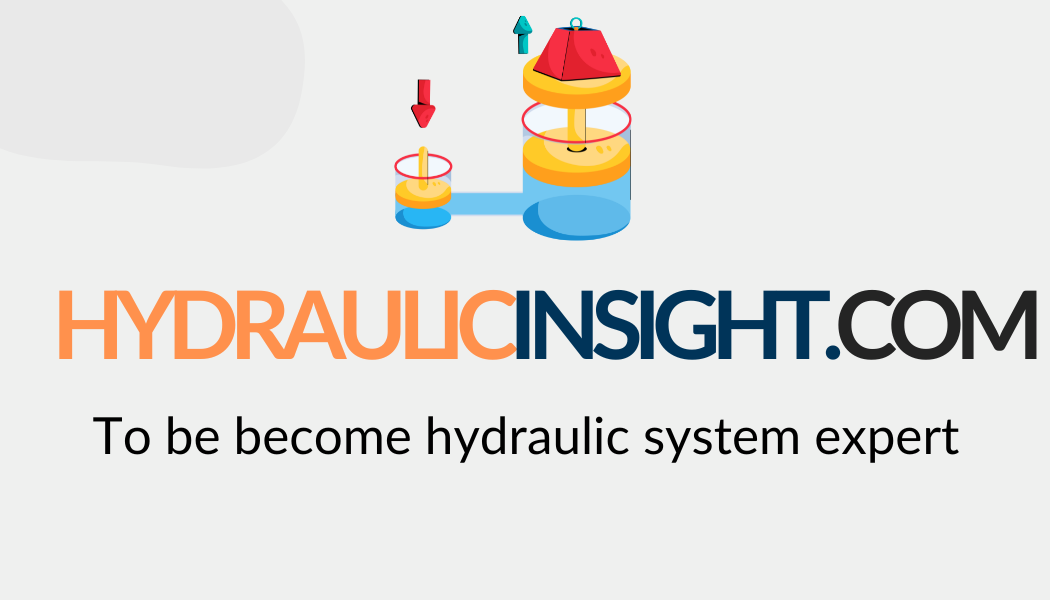
 HYDRAULIC BASICS
HYDRAULIC BASICS  HYDRAULIC COMPONENTS
HYDRAULIC COMPONENTS  HYDRAULIC SYSTEM
HYDRAULIC SYSTEM  HYDRAULIC SYMBOLS
HYDRAULIC SYMBOLS 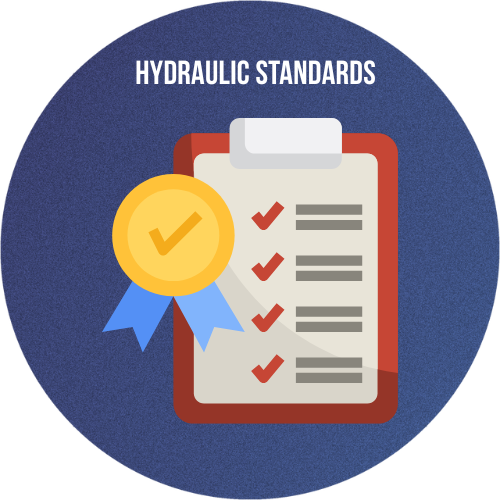 HYDRAULIC STANDARDS
HYDRAULIC STANDARDS  HYDRAULIC CALCULATORS
HYDRAULIC CALCULATORS 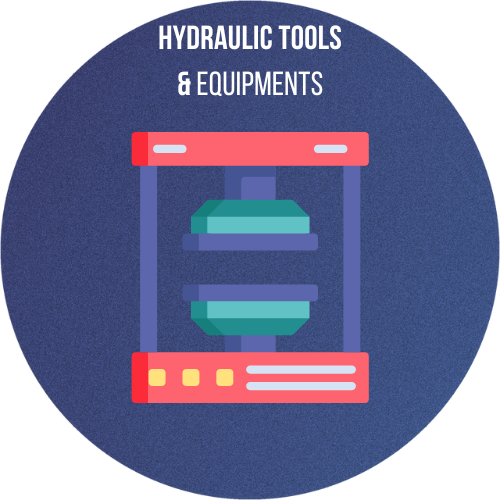 HYDRAULIC TOOLS
HYDRAULIC TOOLS  BUYER’S GUIDES
BUYER’S GUIDES 